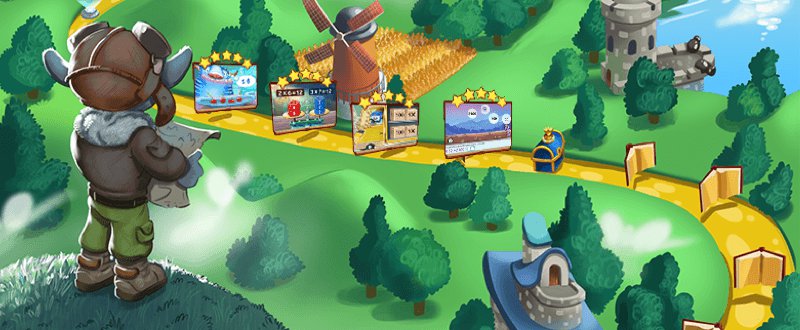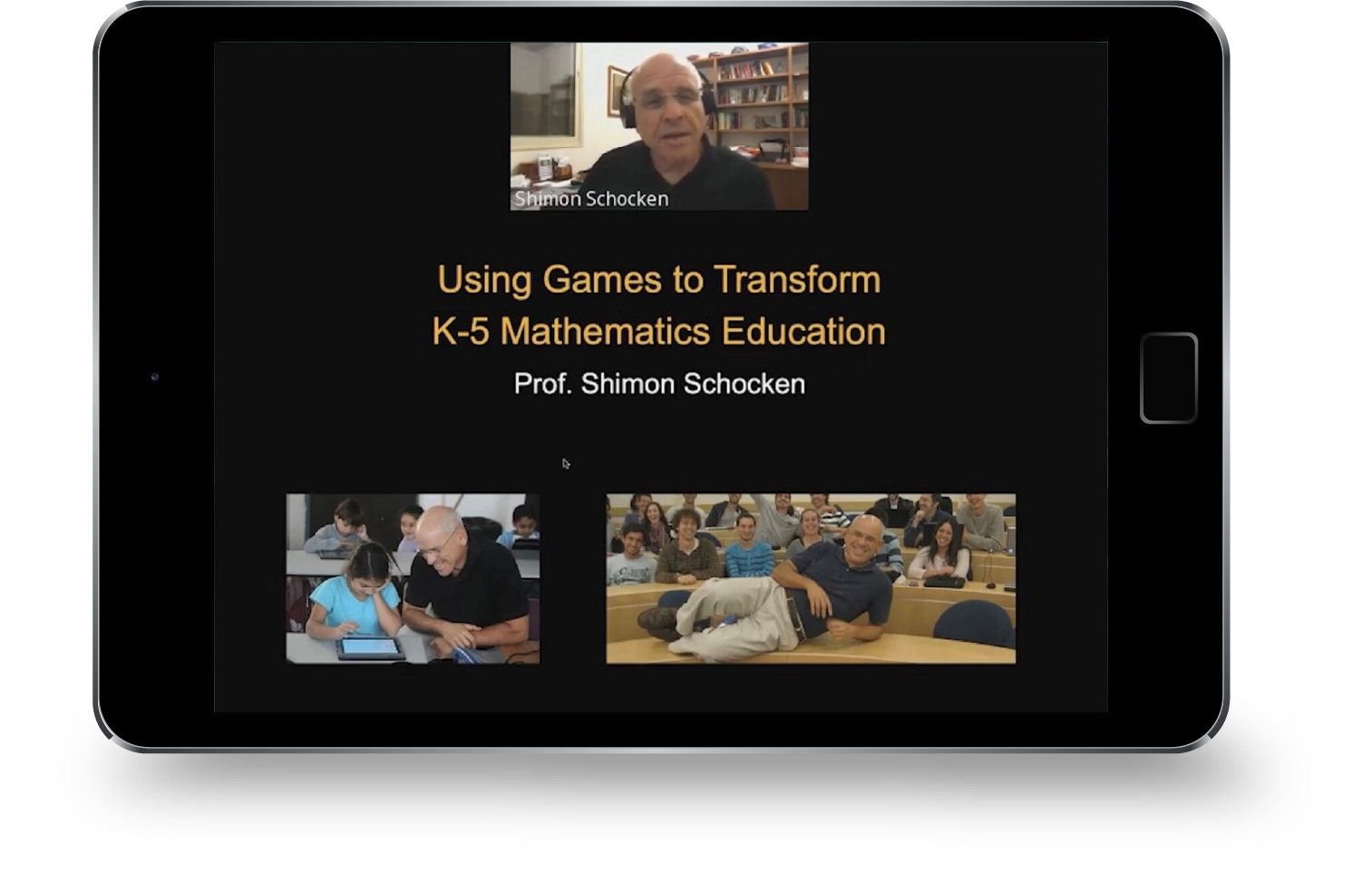
Using Games to Transform K-5 Mathematics Education
Here’s a sad reality in education today: both students and teachers dislike mathematics. Elementary school teachers don’t like math for a variety of reasons, including a lack of confidence to teach the subject and their own negative experiences as students.
Many students who could pursue mathematics end up pursuing law, business, or other professions because of math trauma suffered in primary school. In a similar vein, a record low number of 12th grade students are choosing advanced math courses.
Why?
One of the problems is that elementary math teachers don't have higher education training specifically in math. Another problem is how math is taught. Rather than teaching students to understand and “speak” math, they just memorize how to solve problems.
How Can We Change This?
Both technology and games can help both teachers and students succeed. Through online learning programs, teachers can feel supported as they walk students through math, while students get excellent instruction and a deeper understanding of concepts.
To build a great online course, pedagogy is the most important success factor. You need to know what you want to teach and how you want to teach it. The user interface, engagement, personalization, and feedback are also important, but less important than pedagogy. Games can be an essential part of pedagogy that lowers math anxiety in students while also building conceptual understanding.
Math: Teaching Concepts Through Games
Traditionally, math has been taught with many problem sets. Even with technology increasing in every part of our life, problem sets are still used frequently. Students solve problem after problem that drill math facts into their heads.
While there is something to be said for memorization of basic addition or multiplication facts, this is only useful after the student fully understands the operation. What good is it for a student to know that 7 x 7 = 49 if the same student couldn’t easily draw a visual representation of this problem?
There’s a better way! You can teach math operations in more creative ways that get students to conceptually understand them instead of just memorize the steps or facts. Teaching concepts in disguise gets students to conceptually understand abstract notions in different settings. Here are some examples:
- Teaching addition through the idea of counting
- Teaching multiplication as a form of addition
- Using real-life scenarios
- Using manipulatives to enforce concrete understanding
All of these examples can be taught using a game-like approach. For example, ask students to count up the apples on the ground, and in the basket. Or, show students three baskets with five candies in each one. Then, ask how many are candies there are in all three baskets. These games and scenarios allow students to build math excellence through playful exploration and hands-on discovery.
Bringing Fun to Math Practice
Practice is important to achieve math fluency. However, simply memorizing facts isn’t actually a predictor of math ability or success. Forcing students to memorize steps isn’t very helpful and doesn’t develop deep understanding in students. Plus, it’s not very fun or enjoyable either. Instead, teachers should utilize engaging, hands-on activities that help students truly master concepts.
Imagine this game-based scenario: There’s a field with flowers and some honey bees fly into the picture. Children are asked to determine whether there are more flowers or bees. It is difficult to count the bees since they are flying around, but the student discovers that if they put a bee above a flower, the bee hovers and doesn't move. Once they figure this out, they can see if there are more bees or flowers. This scenario or game creates the notion of objective mapping. Formulating this concept early can create the basis for the concept of functions later on in 8th or 9th grade.
Matific has focused our activities on teaching conceptual understanding of math concepts through fun, engaging games and activities. It takes a village to create any one of these games. It took 10 years of hard work and the use of 50 developers to create the portfolio of games we now offer.
Games that Encourage Discovery, Not Information Transfer
Children are not vessels to be filled with knowledge, as was believed to be the case in the early 1900s. Instead of blatantly teaching something and specific steps to solve a problem, it is important to help students learn concepts on their own through discovery.
Why?
It is through productive struggle, in other words when learning is hard, students learn better.
It is okay for students to feel frustrated because once they do something creative to figure out a concept, it will make them feel very confident in themselves. Plus, they’ll have learned the material better.
Most teachers and parents have an impulse to swoop in and provide the steps or explanations so that students don’t struggle. This is counterproductive! It is through the struggle that the most learning happens. We just have to support their efforts and encourage them to work through the frustration.
Games are the perfect medium for productive struggle. The stakes are low: it’s a game! Plus, students can always try again. Games are also fun, interesting, and puzzle-like, making them very engaging.
In every Matific math game, the main goal is to develop deep conceptual understanding and do this by facilitating exploratory learning. Games help personalize the learning process, and most importantly engage and empower students in math to increase self-confidence and decrease math anxiety.
Matific even offers specific games, called workshops, that are designed to help students explore math concepts with multiple correct answers. This encourages even more exploration and discovery, as students can use various strategies to solve the problem.
The Future of Games in K-5 Math
Today, students can learn anywhere and use any device to do so. Whether at home or in the classroom, online math games and platforms offer the perfect way for students to learn math.
Games have the potential to end the boring, unproductive strategies of math learning from the past. Instead, through dynamic exploration and discovery in games, children can truly understand math. They might even start to like math!
Will you be joining the revolution of K-5 math?
Watch full video

Using Games to Transform K-5 Mathematics Education - Matific | Webinar